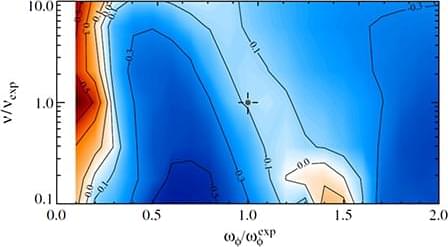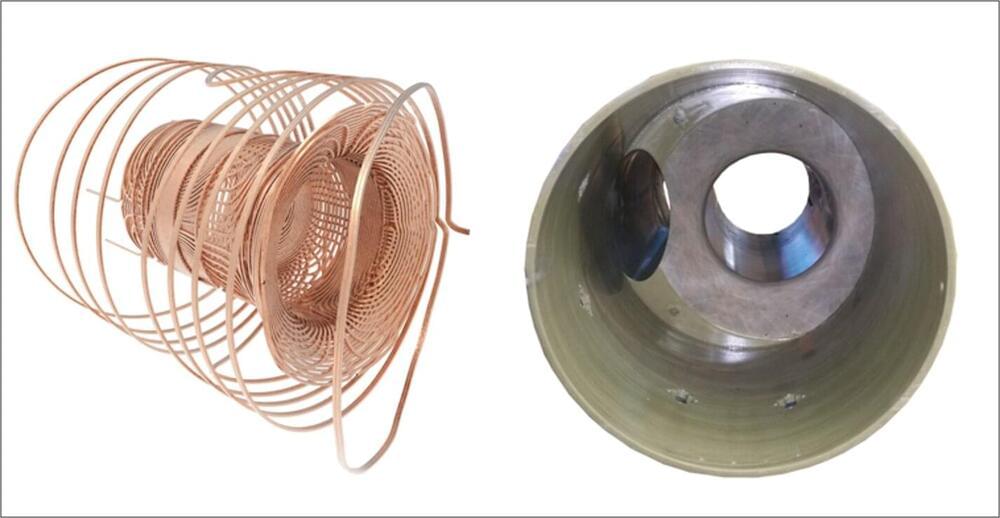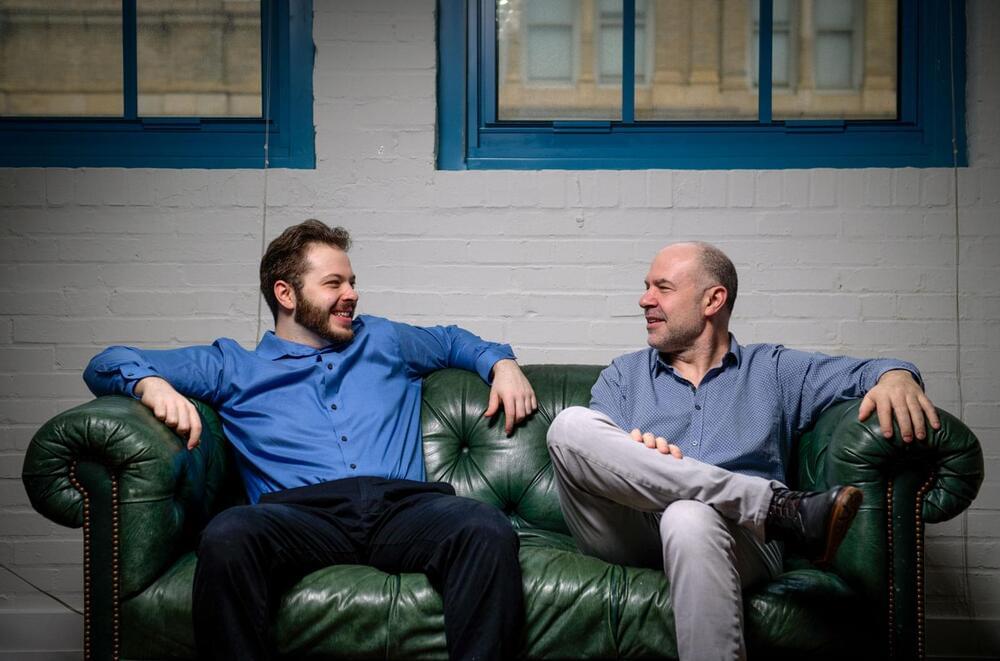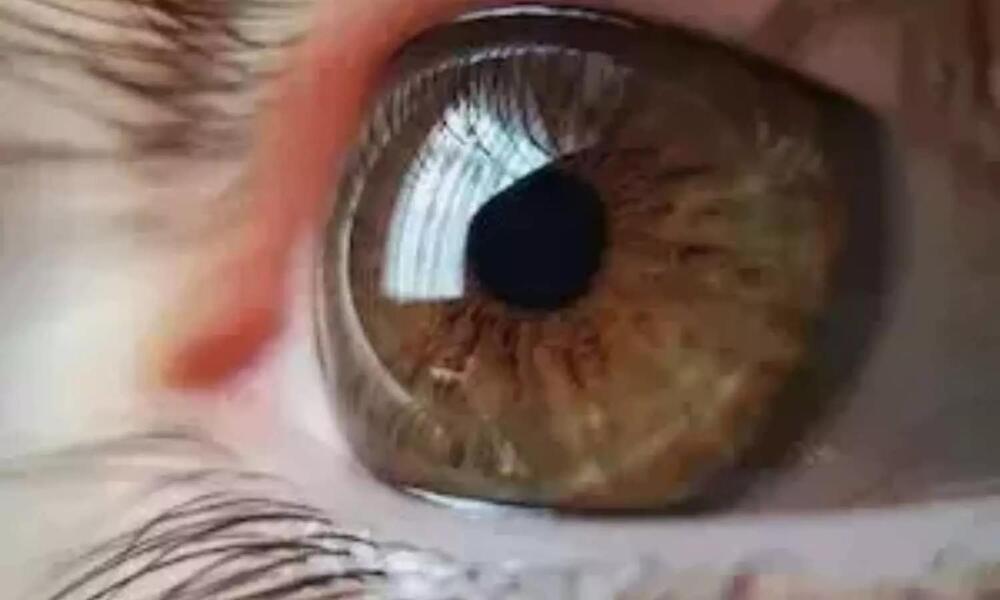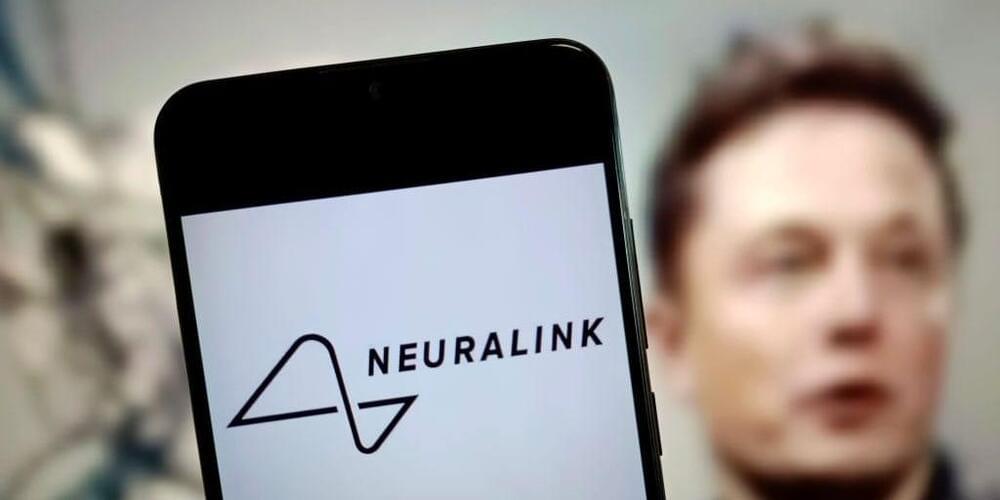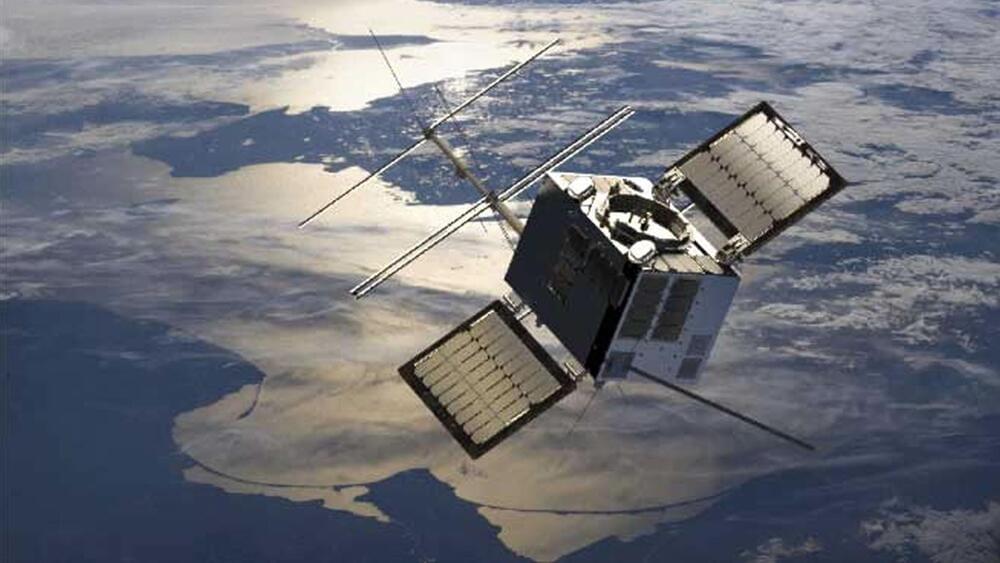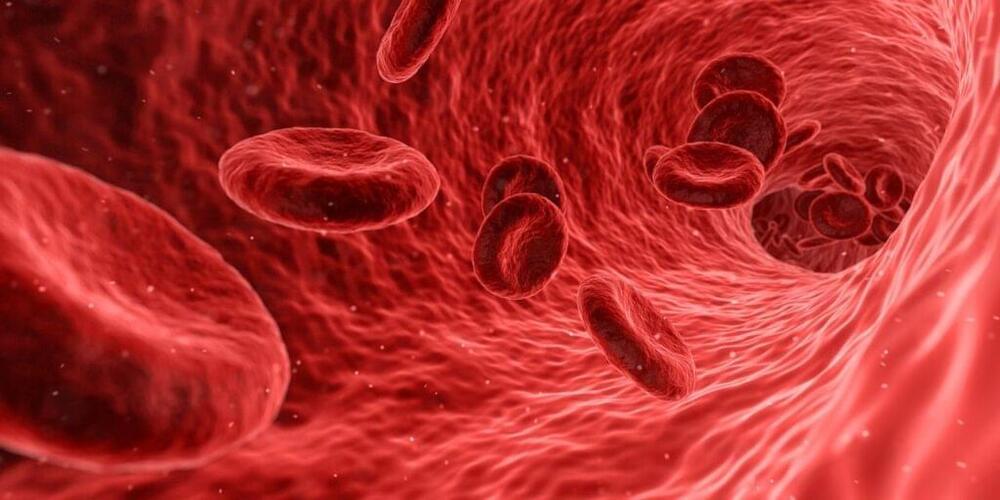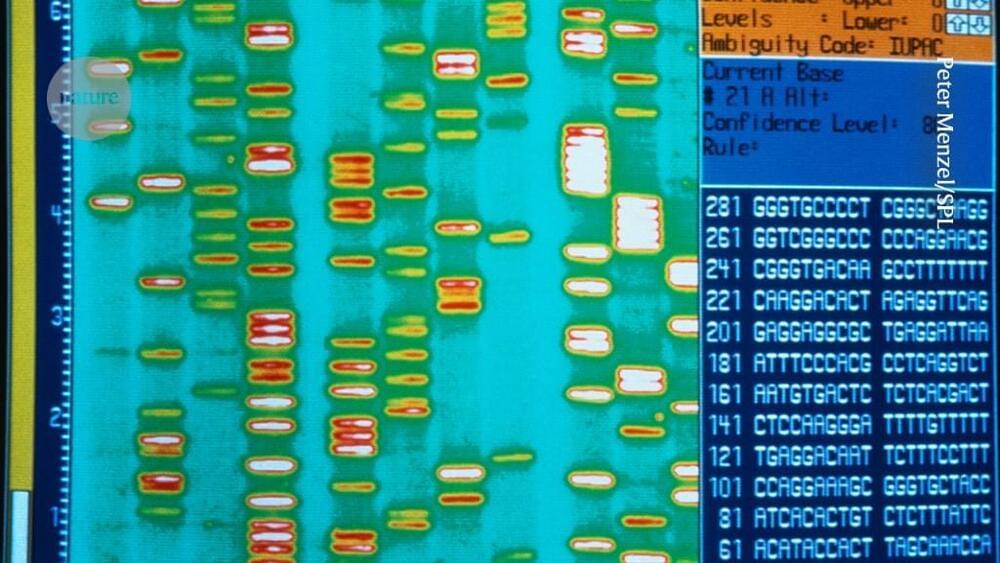Feb 5, 2024
The theory of kinetic effects on resistive wall mode stability in tokamaks
Posted by Shubham Ghosh Roy in categories: information science, particle physics
Tokamak fusion plasmas benefit from high pressures but are then susceptible to modes of instability. These magnetohydrodynamic (MHD) modes are macroscopic distortions of the plasma, but certain collective motions of individual particles can provide stabilizing effects opposing them. The presence of a resistive wall slows the mode growth, converting a kink to a resistive wall mode (RWM). A kinetic MHD model includes Maxwell’s equations, ideal MHD constraints, and kinetic effects included through the pressure tensor, calculated with the perturbed drift-kinetic distribution function of the particles. The kinetic stabilizing effects on the RWM arise through resonances between the plasma rotation and particle drift motions: precession, bounce, and transit. A match between particle motions and the mode allows efficient transfer of energy that would otherwise drive the growth of the mode, thus damping the growth. The first approach to calculating RWM stability is to write a set of equations for the complex mode frequency in terms of known quantities and then to solve the system. The “energy principle” approach, which has the advantage of clarity in distinguishing the various stabilizing and destabilizing effects, is to change the force balance equation into an equation in terms of changes of kinetic and potential energies, and then to write a dispersion relation for the mode frequency in terms of those quantities. These methods have been used in various benchmarked codes to calculate kinetic effects on RWM stability. The theory has illuminated the important roles of plasma rotation, energetic particles, and collisions in RWM stability.
